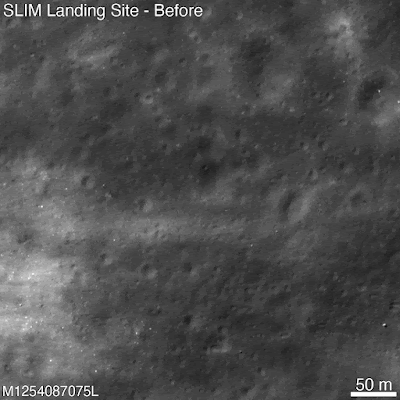Japan’s historic Smart Lander for Investigating Moon (SLIM) is back in operation ten days after making a gentle touchdown on the moon. Due to a little glitch during its flawless landing, the lander ended up on its side and could not charge its solar panels, forcing it to run only on batteries. Crucially, the solar panels were facing westward at the time, away from the Sun, giving the crew hope that sunlight would ultimately reach the panels as the Moon slowly revolved. And yesterday it did just that. SLIM has awoken and has even responded with a picture.
The group got right into the scientific mission and has already surpassed the Japan Aerospace Exploration Agency’s (JAXA) expectations. A precise, pinpoint soft landing within 100 meters (330 feet) of a predetermined target area was the aim. Apollo 11’s planned landing site, in contrast, was an elliptical of 20 by 5 kilometers (12 by 3.1 miles). It looks like SLIM landed precisely 55 meters (180 feet) from its target—a feat never previously accomplished on another planet.
Despite the somewhat off-kilter landing, SLIM sent out its two tiny rovers, one of which took a picture of the spacecraft tilted on the surface, to explore their surroundings. With the power back on and no longer reliant on batteries, SLIM is examining the intriguing rocks around the lander with its cameras.
After being named after dog breeds, the six that have been recognized are Toy Poodle, Shiba Inu, Bulldog, Akita Inu, Kai Ken, and St Bernard. SLIM has started spectroscopic analysis on the Toy Poodle rock, a method that lets us determine an object’s composition from its light. SLIM will proceed to the following rocks when Toy Poodle has been thoroughly examined.


